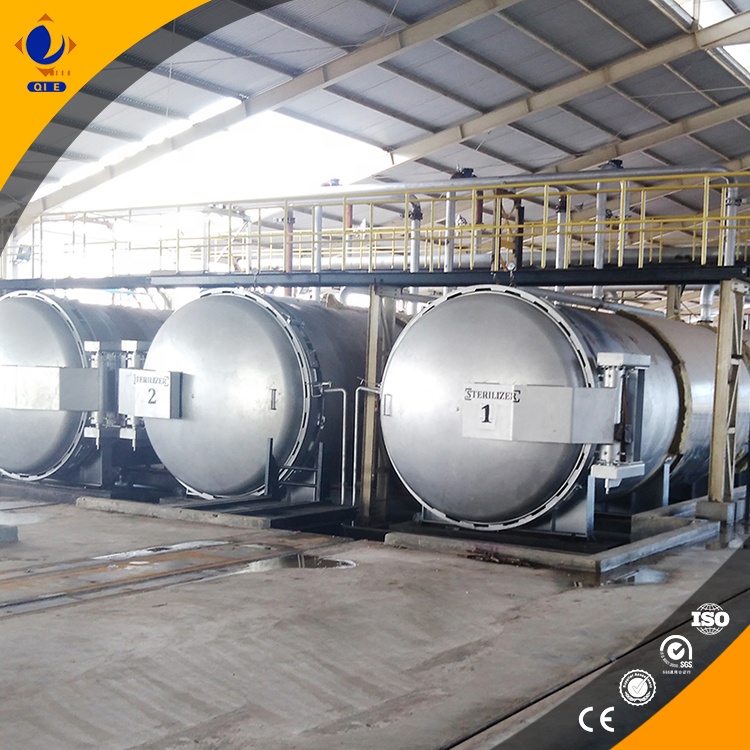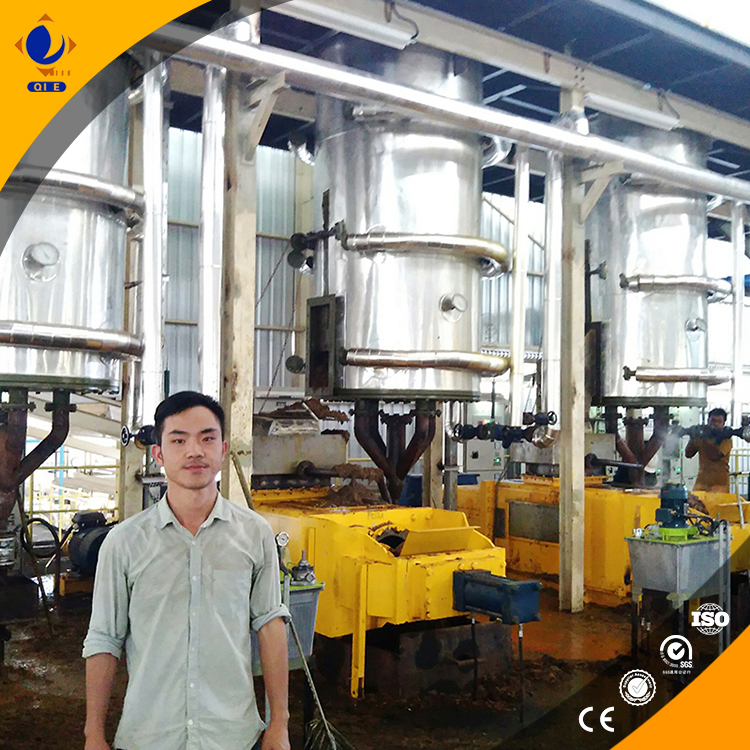
In the competitive landscape of the edible oil industry, small and medium-sized grain and oil mills (SMGOMs) are constantly seeking ways to enhance their processing capabilities, especially in the crucial stages of soybean oil degumming and deodorization. This article delves into the key aspects of these processes, offering practical insights and solutions to help SMGOMs meet export standards and boost their competitiveness.
SMGOMs often encounter several common issues in the degumming and deodorization stages. According to industry data, nearly 70% of SMGOMs struggle with impurity residues in the degummed oil, and about 60% face difficulties in completely removing unpleasant odors. Moreover, high energy consumption is a significant concern, with energy costs accounting for up to 30% of the total production cost in some cases. These problems not only affect the quality of the final product but also increase production costs, making it challenging for SMGOMs to compete in the international market.

Degumming is the first step in soybean oil refining, aiming to remove phospholipids and other impurities from the crude oil. By adding water or acid, the phospholipids can be hydrated and separated from the oil. Proper control of parameters such as temperature, pH, and reaction time is crucial for achieving high degumming efficiency. For example, maintaining a temperature of around 60-70°C and a pH of 4-5 can significantly improve the degumming effect.
Neutralization is used to remove free fatty acids from the degummed oil. It involves adding an alkaline solution to the oil and then separating the soapstock formed. The key to this process is to control the amount of alkali added to avoid over - neutralization or under - neutralization. An improper pH value during neutralization can lead to emulsification, which will affect the subsequent refining steps.
Bleaching is mainly used to remove pigments and some residual impurities from the oil. Activated clay or other bleaching agents are added to the oil, and then the mixture is filtered to remove the bleaching agents and the adsorbed impurities. The bleaching process can improve the color and clarity of the oil, making it more appealing to consumers.
Deodorization is the final step in soybean oil refining, which is responsible for removing volatile compounds and unpleasant odors from the oil. By heating the oil under vacuum conditions, the volatile components can be vaporized and removed. However, improper deodorization temperature can have a negative impact on the flavor of the oil. For example, if the temperature is too high, it may cause the loss of some beneficial components and affect the stability of the oil.
In actual production, there are many typical mistakes that can affect the quality of the refined oil. For instance, pH fluctuations during the neutralization process can lead to emulsification, which makes it difficult to separate the soapstock from the oil. To solve this problem, it is necessary to monitor the pH value in real - time and adjust the amount of alkali added accordingly. Another common mistake is improper deodorization temperature. If the temperature is too low, the odors cannot be completely removed; if it is too high, the flavor of the oil will be affected. Therefore, it is essential to set the appropriate deodorization temperature based on the characteristics of the oil.

Energy - saving design and environmental compliance are becoming increasingly important in the soybean oil refining industry. Energy - saving measures such as heat recovery systems can significantly reduce energy consumption. A well - designed heat recovery system can recover up to 70% of the heat energy, reducing energy costs and environmental impact. In addition, environmental compliance, such as proper waste gas treatment, is also crucial. By installing waste gas treatment equipment, SMGOMs can meet environmental regulations and reduce pollution.
Let's take a look at a real - world case. A small - scale soybean oil processing factory was facing challenges in terms of high energy consumption and low product quality. After implementing a scientific management system, including optimizing the refining process parameters, installing a heat recovery system, and upgrading the waste gas treatment equipment, the factory achieved significant improvements. The energy consumption was reduced by 25%, and the product quality was greatly enhanced, leading to an increase in customer satisfaction and market share.
For SMGOMs, optimizing the soybean oil degumming and deodorization processes is crucial for improving product quality, reducing costs, and enhancing competitiveness in the international market. By understanding the key points of the four refining processes, avoiding typical mistakes, and implementing energy - saving and environmental - friendly measures, SMGOMs can achieve better results. If you want to learn more about advanced soybean oil refining technologies and solutions, click here to access our in - depth technical whitepaper.











